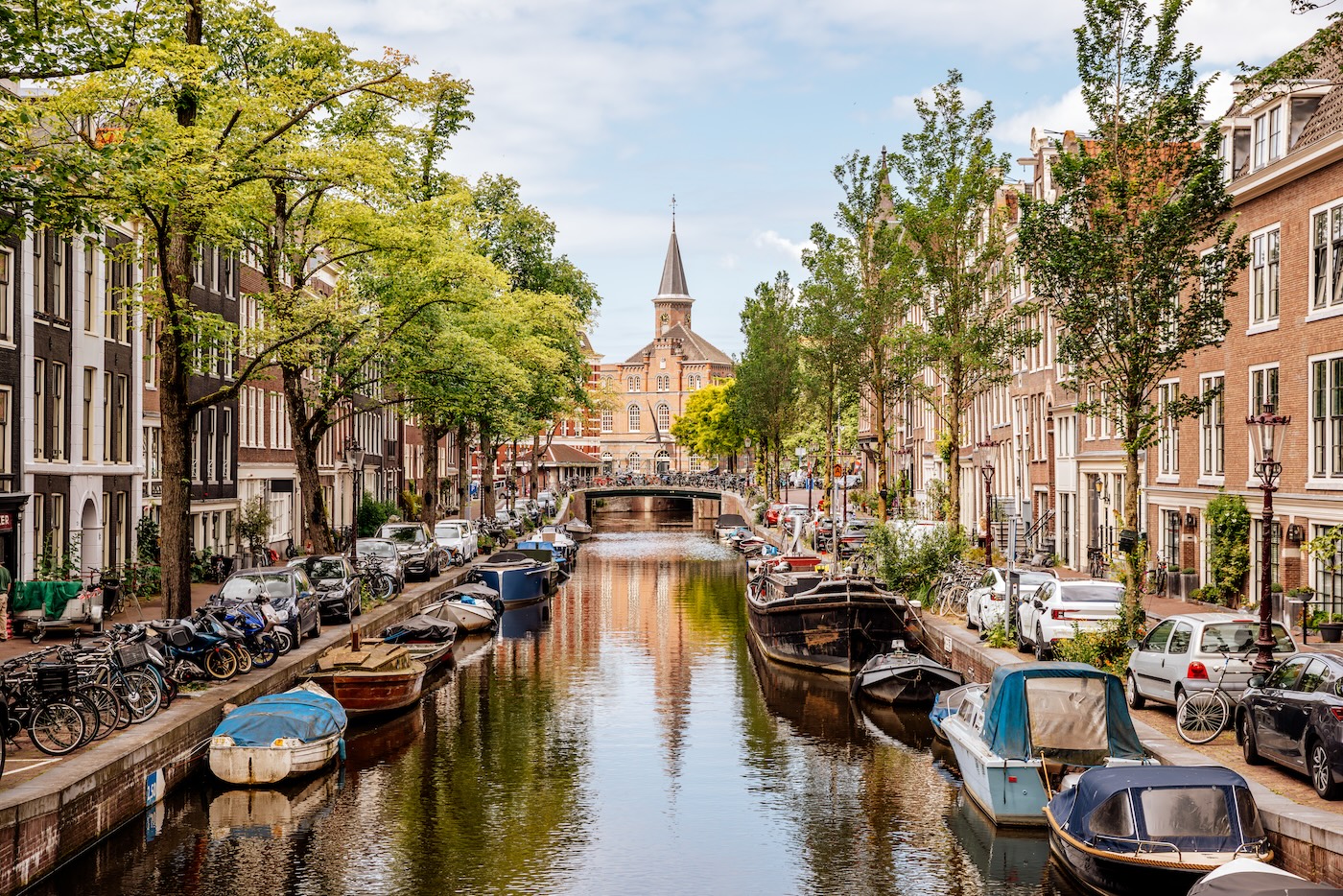The 10 best cities for wheelchair users
When it comes to wheelchair-friendly travel, not all destinations are created equal. But certain cities around the world have made strides towards becoming accessible in recent years.
Here, we present our pick of the best cities for wheelchair users to provide inspiration for your next trip.
Barcelona, Spain
Barcelona is considered one of the most accessible cities in Europe.
All of its buses, most of its metro stations and a significant chunk of the city’s streets are wheelchair accessible.
In the city itself, there are also a variety of adapted pavements and pedestrianised boulevards.
The majority of attractions such as the Sagrada Família, Park Güell and La Pedrera-Casa Milà also have great accessibility, with some attractions even offering free entry for wheelchair users.
The several-kilometre-long city beach has also been adapted for accessibility. Here, you’ll find a wheelchair-accessible promenade and walkways down to the water.
There are also accessible changing facilities and a free assisted bathing service during the summer months.

Seattle, USA
While Seattle is hilly, it’s also known as one of the most accessible cities in North America.
A lot of taxis and buses to airport shuttles and ferries are wheelchair friendly, with ramps, lifts and a Link Light Rail system.
If you fancy a spot of sightseeing on your holiday, be assured that Seattle’s landmarks are also accessible.
From the Space Needle to boat trips around the islands and waterways of Puget Sound, you’ll be able to explore the city’s attractions in confidence.
Other accessible sights worth exploring include the waterfront Pike Place Market and the 175 foot-tall Seattle Great Wheel.

London, UK
London, whilst rich with architecture that dates back several hundred years, is one of the best UK holiday destinations for wheelchair users.
Even though the Tube is the world’s oldest underground railway, around a quarter of stations have step-free access.
You can also plan your accessible route ahead of time using the TfL (Transport for London) website. All buses and black cabs are wheelchair accessible, meaning you can hail and hop into a taxi.
With regards to attractions, the vast majority already have wheelchair ramps. For attractions which don’t have wheelchair access, The 2019 Tourism Sector Deal set out a vision to transform the UK into Europe's most accessible travel destination by 2025.

Sydney, Australia
Sydney is one of the best holidays for wheelchair users. The city features barrier-free trains, buses and ferries with ramps making transport a stress-free experience for wheelchair users.
Most attractions in Sydney, including museums, galleries and sights like the Harbour Bridge, are also accessible.
Bondi even offers beach wheelchairs to rent out for the day for those who don’t have their own.

Berlin, Germany
Berlin’s wide, well-paved, flat pavements and accessible public transport make the German capital one of the best cities for wheelchair users.
Almost all of its sights are extremely accessible, with standout landmarks including Museum Island and the Reichstag.
The latter offers wheelchair users a 360-degree view of Berlin via the spiralling internal ramp, which has resting points.
Singapore, Singapore
Singapore is leading the way when it comes to accessible cityscapes.
It’s known for being impeccably clean and modern, with streets and pavements well-maintained and dropped curbs and smooth surfaces.
Various tourist attractions are accessible including Gardens by the Bay, a sustainable oasis in the middle of the city. This attraction is known for its grove of high-tech ‘Supertrees’, that are powered by solar panels, to absorb and redistribute heat and collect and filter rainwater.
It’s easy to get around Singapore on a wheelchair too, thanks to its efficient mass rail transit (MRT) system. This transportation is accessible, barrier-free, comfortable and easy to use.
Wheelchair-accessible taxis can be flagged down but with such a citywide public transport system, you may not need one.
Vienna, Austria
Whilst the historic centre of Vienna is a UNESCO World Heritage site – filled with Baroque palaces and classical architecture – it’s still accessible and modern.
The tram, bus and metro systems are all impressively adapted, as 95% of U-bahn and S-bahn stations are completely accessible. Also, the city’s museums, galleries and other attractions are equally accessible. Don’t miss the Gustav Klimt masterpieces at the Belvedere Palace or the palaces of Schloss Schönbrunn and Hofburg.
Madrid, Spain
The capital of Spain is one of the best cities for wheelchair users, as Madrid combines historic charm with modern adaptations.
Transportation is also extremely navigable via the metro system, where over 60% of stations have lifts and ramps. Also, the buses in the city are wheelchair friendly. Equipped with ramps and low floors, you’ll be able to visit where you want.
When it comes to the attractions themselves, accessibility is prioritised. For example, Retiro Park has a variety of wide, flat paths so you can manoeuvre with ease. Similarly, museums such as the Prado have accessible entrances, lifts and bathrooms.
Paris, France
Most popularly known for its romantic charm, art and fashion – Paris is also one of the best wheelchair friendly holidays abroad.
If you want to visit landmarks on your trip, Paris has a variety of hotspots that have been adapted to be accessible.
For example, The Eiffel Tower has lifts to the second floor, where you can take in the sites of France’s capital. The Louvre also has ramps and lifts so you’ll be able to explore the art at your own pace.
Getting around Paris has also been made more accessible due to adaptations with the buses and metro stations.

Amsterdam, the Netherlands
Amsterdam’s outstanding transportation system, paired with the city’s flat terrain, makes for one of the best cities for wheelchair users.
On the whole, Amsterdam’s transportation system is accessible and this goes for buses, trams and metro stations. The majority of them have lifts or designated seating areas for travellers who require priority seating. Various attractions in Amsterdam are also accessible. Notable attractions include the Van Gogh Museum and the Anne Frank House which have ramps and lifts.
